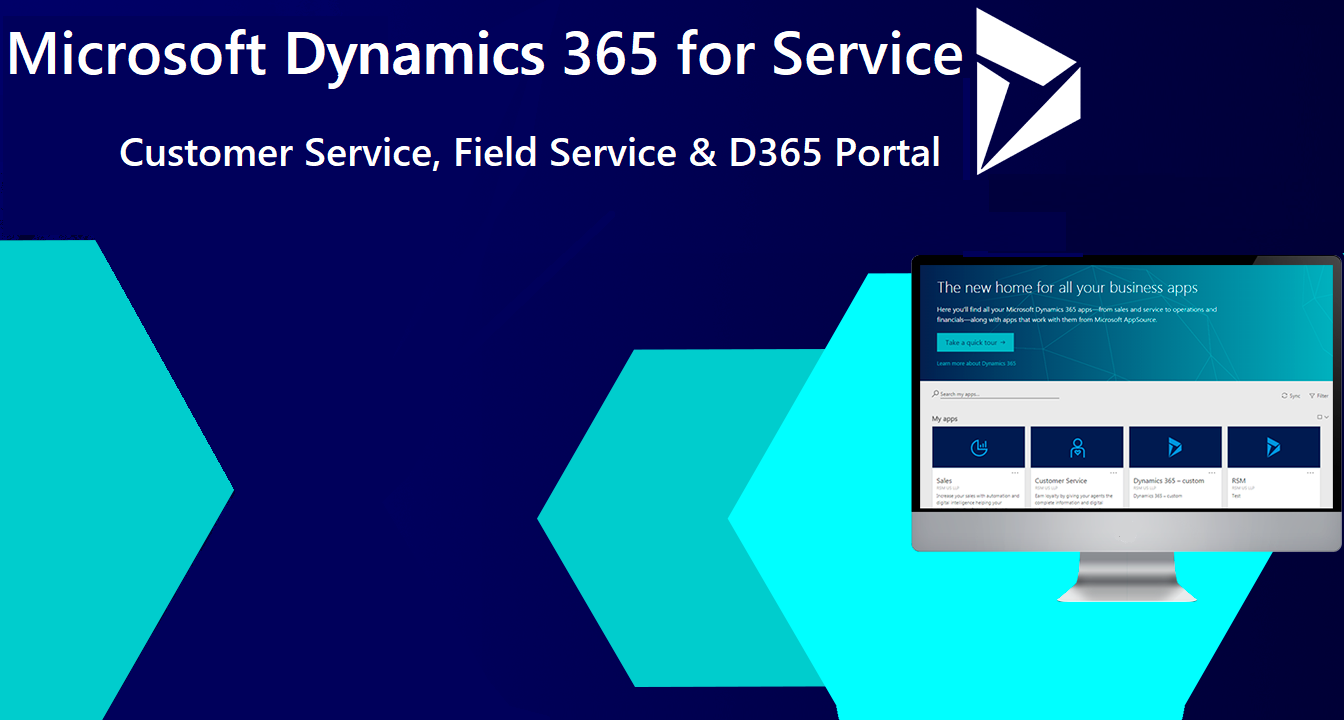Dynamics 365 Portal enables organizations to easily extend entities, features, and functions of Dynamics 365 to external audiences like customers and partners.
In the October ’18 release, we have invested in a tool that can aid in diagnosing portal settings and customization. We have also invested in integrating the portal with other Microsoft services and in simplifying the customization experience of the portal.
Fundamentals
With a series of platform changes over the last few months, Dynamics 365 Portal is now more reliable and performant than ever. You will see improvements across the board spanning provisioning and solution updates to improvements in cache latency. In this release, we continue to prioritize improving the fundamentals of the product with a self-serve tool to diagnose potential issues with portal settings and customization.
Integration with other Microsoft services
We have focused on providing a seamless and consistent experience to portal users using Office 365 and other Microsoft services. With our SharePoint Integration, portal users can upload and view documents from the SharePoint online document library, enabling businesses to leverage their investments in SharePoint. In addition, we are providing the ability to embed Power BI charts within a portal, allowing users to benefit from the interactive visualizations of Power BI.
Usability
Most, if not all, customers end up customizing their portal to meet their unique look and feel and process needs. We have reimagined key customization experiences, making them simple, intuitive, and modern.
| Feature | Release type | Target release month |
| Configuration migration | General Availability | October 2018 |
Configuration migration
Portal development involves several configurations and customizations to achieve a desired experience for portal end users. To reduce the time and effort required to manage portal configuration across environments, we are publishing schema for configuration migration that works with the Configuration Migration SDK tool.
Portal customizers use various ways, including creation of schema files from scratch, for the Configuration Migration SDK tool to move configurations to different environments, typically development, test, and production. Creating schema from scratch can be time-consuming, sometimes causing partial data migration, and can be error-prone.
All Configuration Migration SDK tool capabilities can be used with this schema to manage portal configuration:
- Create schema: The schema can be tailored for the implementation using standard ways provided by the tool. Schema files can be loaded in the tool and altered to add, remove, and modify entities, attributes, and so on to suit configuration migration needs.
- Export data: Use the schema file to export data from an environment into a .zip file, and use it for backup, source control, or importing into a target environment.
- Import data: Use the exported data to import into a target environment.
| Feature | Release type | Target release month |
| Embed Power BI visualizations | General Availability | October 2018 |
Embed Power BI visualizations
Power BI is one of the best tool to deliver insights with simple and interactive visualization. Considering Power BI features and the use cases it enables for portal users, this feature remains one of the top-voted ideas. Currently, there is no easy way to embed secure Power BI reports in a portal, and with this feature we will be streamlining Dynamics 365 Portal and Power BI integration.
Administrators will be able to configure and enable Power BI for a portal. This will require an appropriate Power BI license. Customizers can use liquid code to embed Power BI dashboards and reports within pages. While embedding the Power BI content, customizers can use filter parameter to create personalized views.
Embedded Power BI content will be available to portal users who don’t have an account for Power BI.

